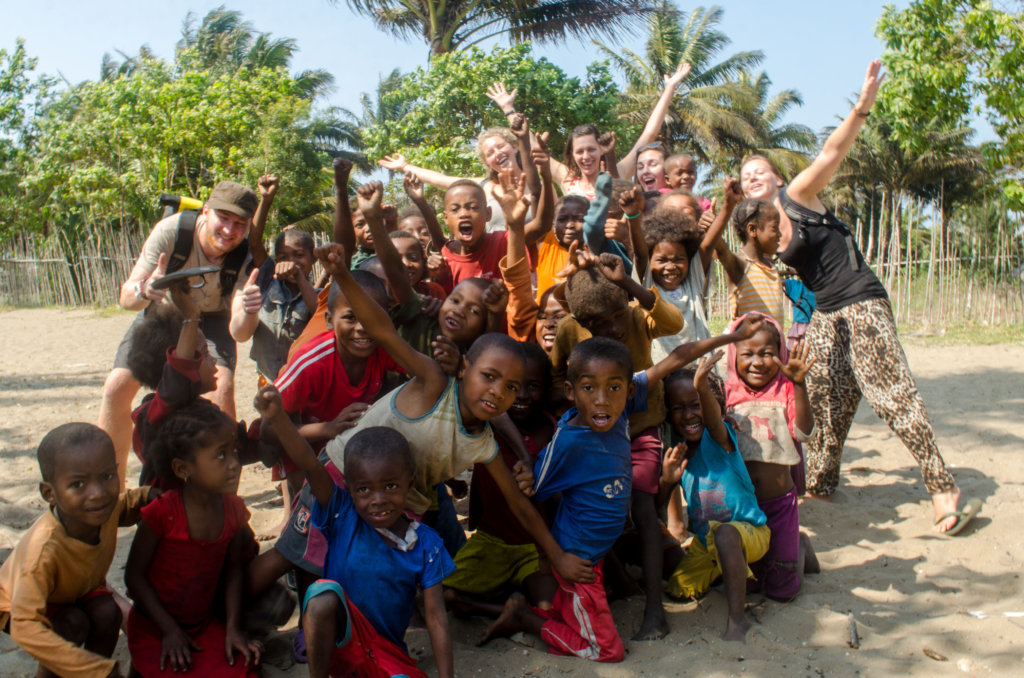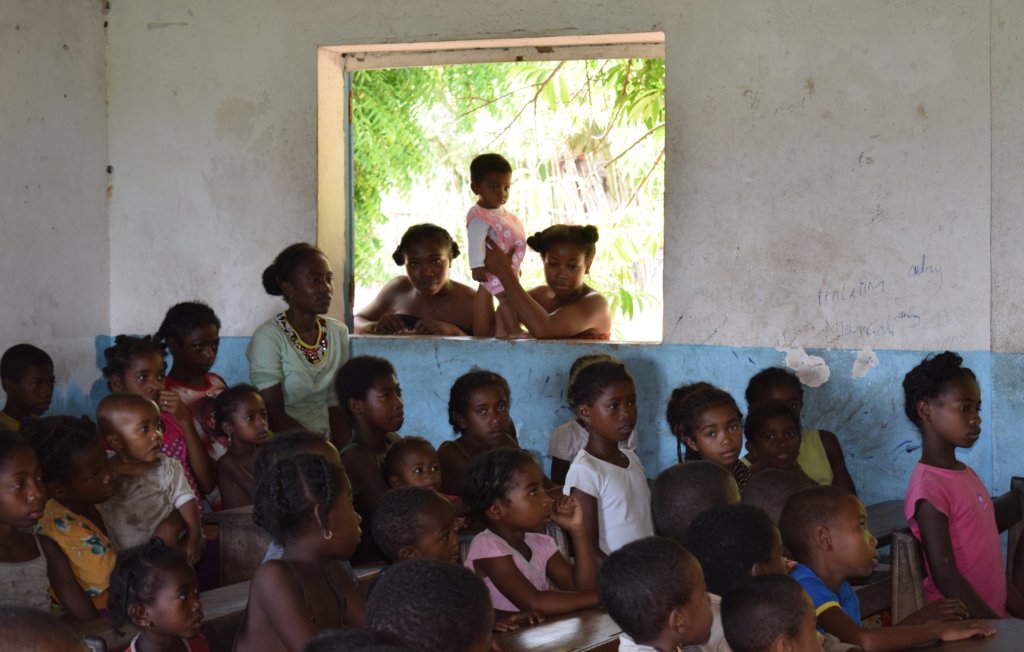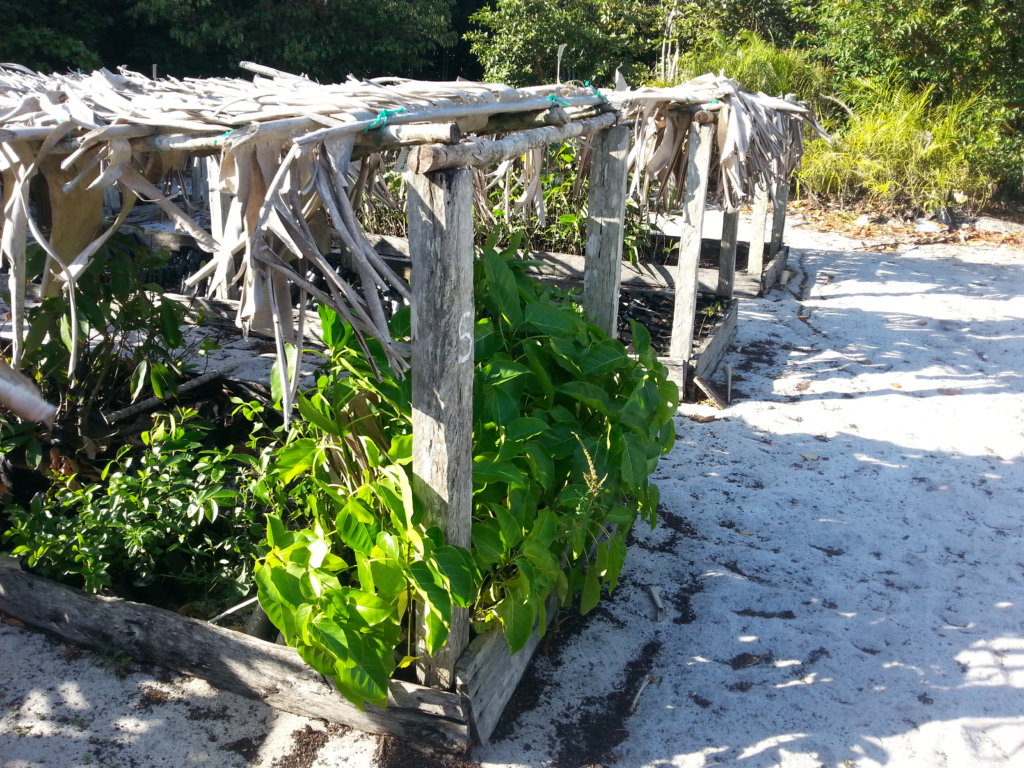By Billy Curryer | Project Development Officer
Preliminary project activities have already begun in Sainte Luce. Our Primary Investigator and mouse lemur specialist visited the SEED Madagascar Conservation Programme (SCP) camp in September 2016 to start gathering research. By December 2016, tissue and hair samples had been collected from five mouse lemurs in the S9 forest fragment. As I type, the samples are on route to Germany to be genetically analysed at the German Primate Centre and in the coming months it will be confirmed whether the candidate species in Sainte Luce is in fact a new, genetically distinct species of mouse lemur. If it is discovered to be a new species, the results will be and the new species will be announced to the world. Follow this page closely for further updates about the publication.
Community education progress is always being made in Sainte Luce. The children of Sainte Luce receive conservation sessions through SEED Madagascar’s Club Atsatsaky (Club A), a conservation class designed to educate children and inspire young, budding conservationists. The sessions occur twice a week, at two different schools in Sainte Luce and cover important conservation topics such as life cycles, pollination, threats to the forest, and the illicit trade of endangered animals. The children have been attending sessions on the importance of the conservation of mouse lemurs and its habitat in recent weeks. In addition, as the forest is of such importance to not only all the wildlife found in Sainte Luce, but also the community, Club A continuously works to improve knowledge of the forest, sustainable management, and its importance in Sainte Luce, indirectly aiding mouse lemur conservation.
Finally, before the habitat corridor is constructed, initial research is required to discover a native, fast growing, and sun-tolerant species of tree that can be used to reforest the proposed habitat corridor area. As such, dedicated SCP staff have been out in the forest fragments, identifying the species of trees used by the lemurs and collecting seeds for germination and growing trails. The nursery is currently flourishing with flora, and analysis is always underway to determine the most successful species.
Project reports on GlobalGiving are posted directly to globalgiving.org by Project Leaders as they are completed, generally every 3-4 months. To protect the integrity of these documents, GlobalGiving does not alter them; therefore you may find some language or formatting issues.
If you donate to this project or have donated to this project, you can receive an email when this project posts a report. You can also subscribe for reports without donating.



